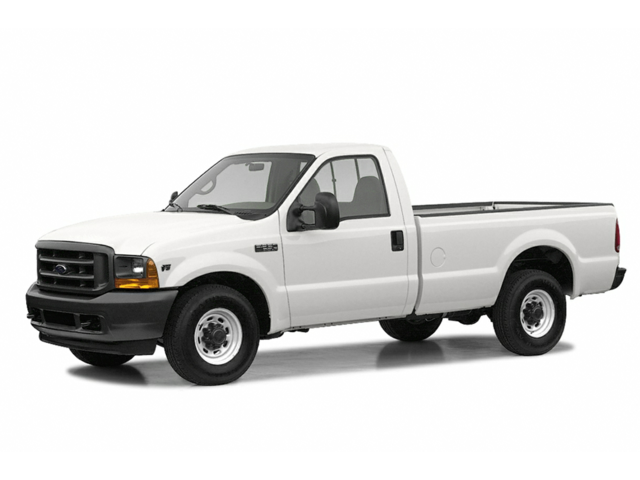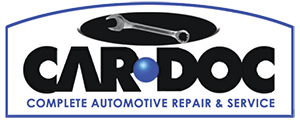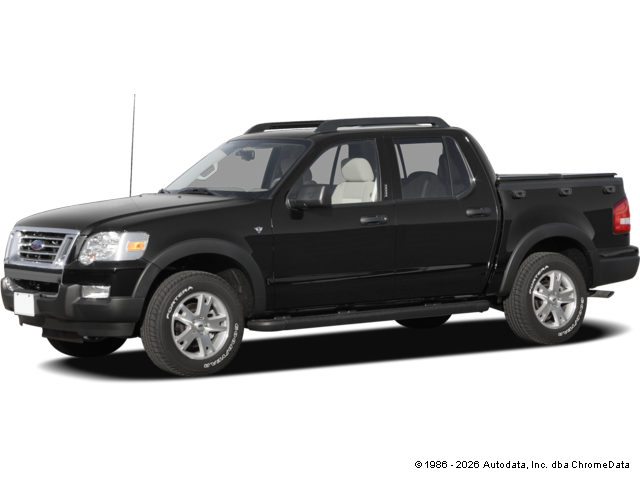Services Performed
- Install data scanner and engine analyzer. Run tests on the fuel, ignition, and computer control systems. Retrieve fault codes from the processors memory. Codes exist in the system for issues with the fuel tank pressure sensor. Perform all necessary pin point tests checking the wiring, grounds, relays, and related circuit components to isolate the problem to a failed fuel tank pressure sensor. Remove the vehicles tank, and remove the old pressure sensor assembly. Clean the terminal contacts as well as the sensor bore and found the sensor to be corroded. Clean the corrosion and reinstall the sensor assembly. Reinstall the removed components and reset the vehicles computer control system. Ordinarily we would have replaced the sensor while apart. Opting to repair the discovered damage saved the client $260.00 and following the repairs the system is operating glitch free. If the engine light returns for this code, further diagnostics may be required however it is unlikely.
- Clean the debris from the engines lower intake, and remove all ignition coil assemblies and spark plugs. Clean the exterior of the coil assembly, and plug bores to keep debris from entering the engine or its components. Remove all ignition wires and spark plugs. Run thread chaser through the cylinder head to remove debris and clean the spark plug hole threads. Set the new plug gap to the manufacturers specification and apply anti-seize compound to the plug threads. Install the new spark plugs and torque them to specification. Remove the ignition wires from the coil pack and clean coil pack connections. Run new ignition wires using dielectric grease on the terminal and boot ends. Remove air filter element and clean the inside of the air inlet box. Reassemble air box and remove fuel lines at the filter assembly. Clean fuel line ends and replace o-rings, clips or sealing washers and install new fuel filter where applicable. Perform full injection system service using the Motor Vac System… The MotorVac Complete Fuel System Service is a revolutionary procedure that uses a specially designed machine that hooks directly to the vehicle. Utilizing a special detergent (which will not damage your vehicles sophisticated fuel system components) the equipment removes the dirt, varnish, and carbon deposits that normally build up on the intake valves, fuel injectors, and combustion surfaces. The air intake plenum, air charge, air bypass valve, and throttle body are also thoroughly cleaned during this process. In addition, oxygen sensors, and catalytic converters are cleaned reducing harmful exhaust emissions. All fuel system components are thoroughly tested as part of this service; Fuel pressure (static, and dynamic) regulator operation, leak down (at both injector assemblies and pump shuttle valve) and volume tests to verify that your fuel system is operating properly. Base idle adjustment is included where applicable. Install data scanner and run engine to operating temperature to verify that all computer controls are operating within parameters. Road test vehicle and verify static ignition timing and applicable fluid levels.
Ralph B. gave our service a 5 star review on 11/13/2018





